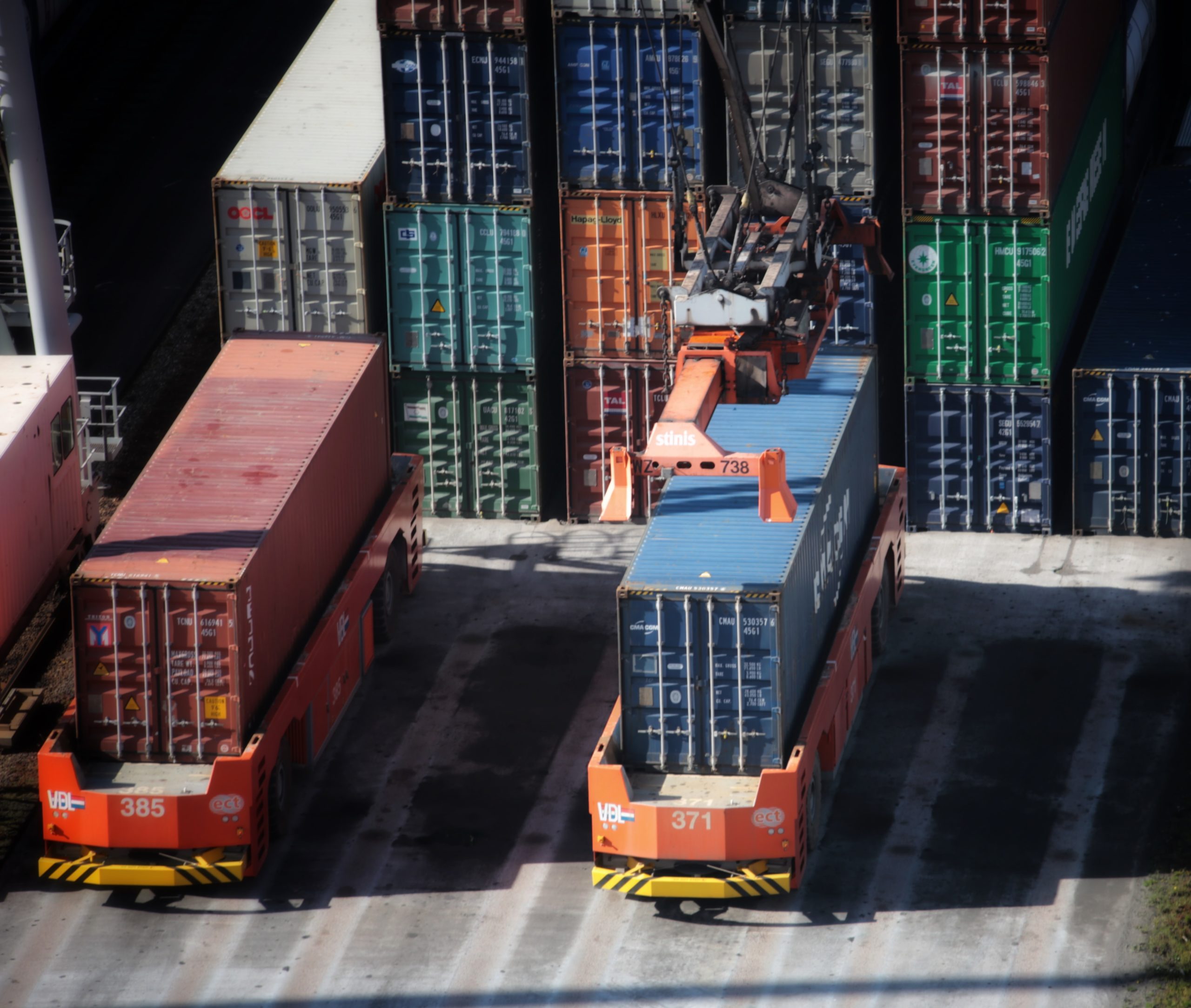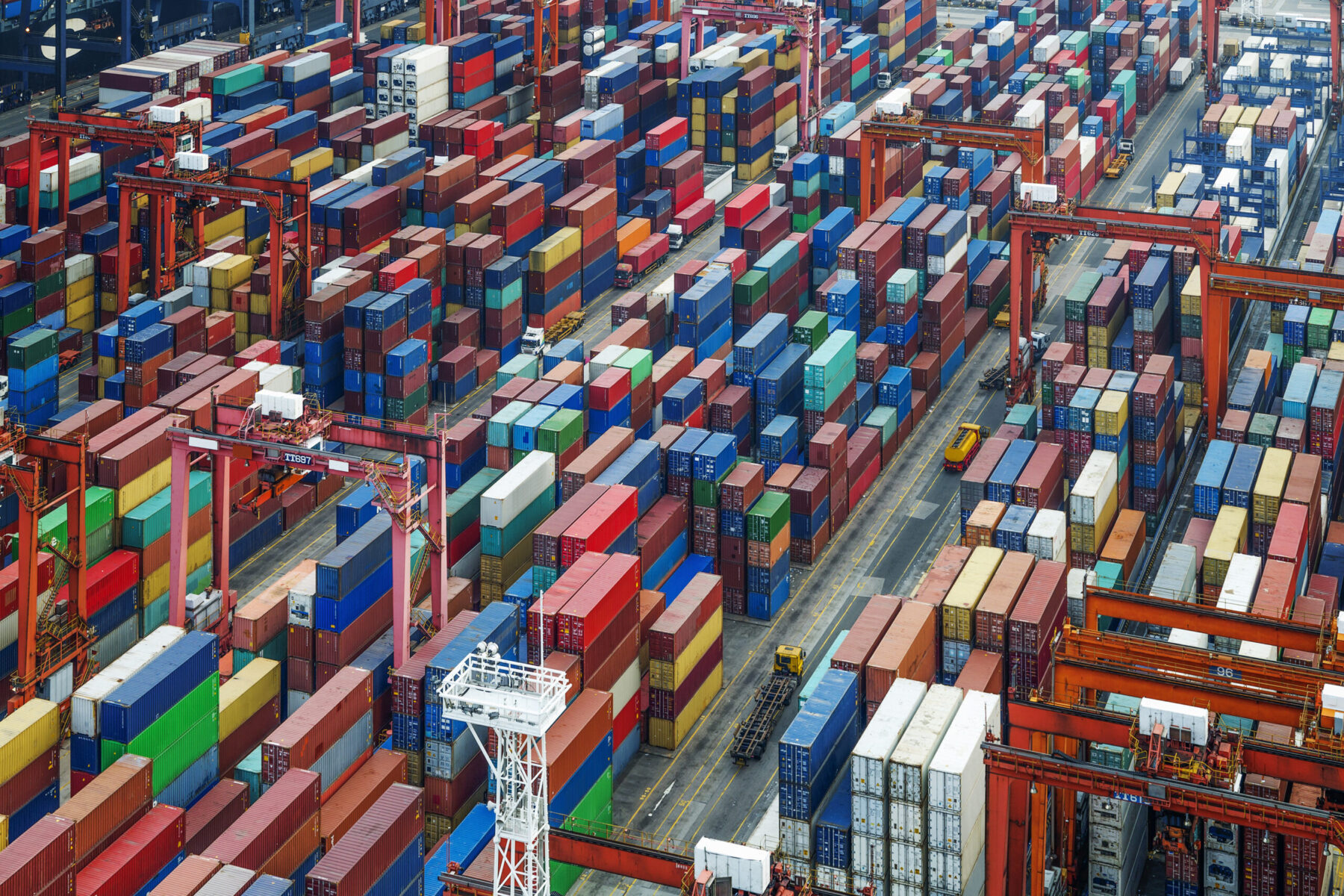How to use supply chain change management for growth
Nov 14, 2022
Scroll to find out more
Nov 14, 2022
Scroll to find out more

Change management in the supply chain can feel like trying to rebuild a boat that’s already at sea – you have to stay afloat and keep moving forward even as you try to plug gaps, change the engine and replace the hull.
With all the changes in the logistics market, commercial conditions and consumer habits in the last decade, especially the last three years, traditional models of supply chains have been tested like never before. But when it comes to actually making changes in how you plan, execute and improve your supply chain, many businesses run into issues.
One business that experienced this first hand is Thetford, the world’s leading manufacturer of mobile sanitation products for the RV, marine camping and truck markets. As pandemic wanderlust gripped consumers, they found that their supply chain wasn’t able to keep up. To find out how they retooled their systems on the fly, we sat down with Elvy Jenniskens, Global Logistics & Transport Specialist at Thetford Europe on our weekly podcast Freight to the Point.
Like many businesses, Thetford’s approach to supply chain evolved naturally over time. As an international business with multiple entities working under the brand’s banner, units in the business had built their own systems to manage supply chain, with their own partners. But when COVID-19 hit, everything changes.
‘Our volumes just exploded, because no one could travel by plane, so a lot of people moved to RVs and caravans and our demands just grew and we basically outgrew our processes and way of working.’ says Elvy.
Originally, since every entity had its own P&L responsibility and were focused on delivering the results by themselves, they had created their own processes to achieve this. Eventually, however, this led to a sprawling, complex network with little control or visibility.
‘Within our internal supply chain we shipped some 3000 containers a year via 15 different freight forwarders for that. So it was very scattered around and no one knew what the other one was doing.’ says Elvy.
This created a range of issues when it came to growth:
In an environment where shipping costs were soaring and volumes grew, the lack of detail posed a real risk to scaling orders and providing the right experiences for customers.
‘There was so many hiccups in our supply chain and my goal was to identify all those hurdles and find a solution that would work in solving them,’ says Elvy. In order to gain the necessary control, transparency and agility required to expand operation capabilities, Elvy decided to rebuild her processes with data at the core.
‘Our plan was to move to a data-driven system, where we’d have the incoming warehouses, suppliers, planning, everything integrated and working from the same source,’ she explains. Centralising data would also enable them to work more efficiently, reducing manual processes such as updating schedules or chasing order statuses.
Key to making this a reality was finding a partner who could not only handle the freight, but also provide the right technology and support for the businesses as they evolved, which was when Thetford engaged Zencargo.
‘What I really liked is when I had the first conversation with Zencargo, that they really took us by the hand and showed us that this is not about shipping containers from A to B, but really about unlocking your supply chain and understanding what’s going well and what can be improved and how data can help to optimise your supply chain, ’ says Elvy.
As the process moved from initial agreement, through a virtual process mapping session and a technical scoping of connecting Zencargo’s platform with Thetford’s own systems, Elvy was able to quickly bring team members onboard.
Before embarking on the project, Elvy made sure to set success parameters for what they hoped to achieve, such as working digitally, collaborating globally, CO2 reporting and operational transparency. This enabled them to not only plan their approach to implementation, but also hold Zencargo accountable for their goals.
In practical terms, this led to a phased approach in each region to establish the parameters and process for change:
At the same time, this was aligned with the technical integration of their data systems with Zencargo. ‘We decided to go live on an API straight away, so all the changes and all the ETAs and TDs are already interfaced to our systems, so no more last minute changes in planning. We know upfront now what’s happening and what’s not happening.’ says Elvy.
Not only did this impact logistics operations, but real time data from the Zencargo platform also enabled her to work with finance colleagues on costs per trade lane, supplier and SKU level.
Implementing these new data-led workflows in practice requires working closely with colleagues to create new processes, benchmark performance and train teams on the platform, but it’s helped by the clear results gained.
With visibility comes the ability to find issues and solve them faster. ‘One of the first small things, but important one, what we saw is early pickups – suppliers, even our internal factories, were requesting early pickups, which is not good for us, because I mean that means detention on origin side. And just having that insight helped us to go back to the suppliers and talk to them about why they need an early pickup. Is it that you don’t have enough dock space, don’t have enough warehouse space, don’t we have the right lead times in place.’ says Elvy.
By catching issues faster , the team is now ideally placed to build a more efficient, scalable and productive supply chain that can grow with the business.
As the supply chain market continues to evolve, your business can’t stay still. While change management can seem daunting, having the right partner on your side can make all the difference. If you want to find out more about how we work with customers or discover case studies of other businesses that we’ve helped, get in touch with our team today.

To find out how you can take control of your supply chain costs and stay ahead...

To find out how you can navigate a path through uncertainty, book your free str...

To find out more about how Zencargo’s digital freight forwarding experts and te...